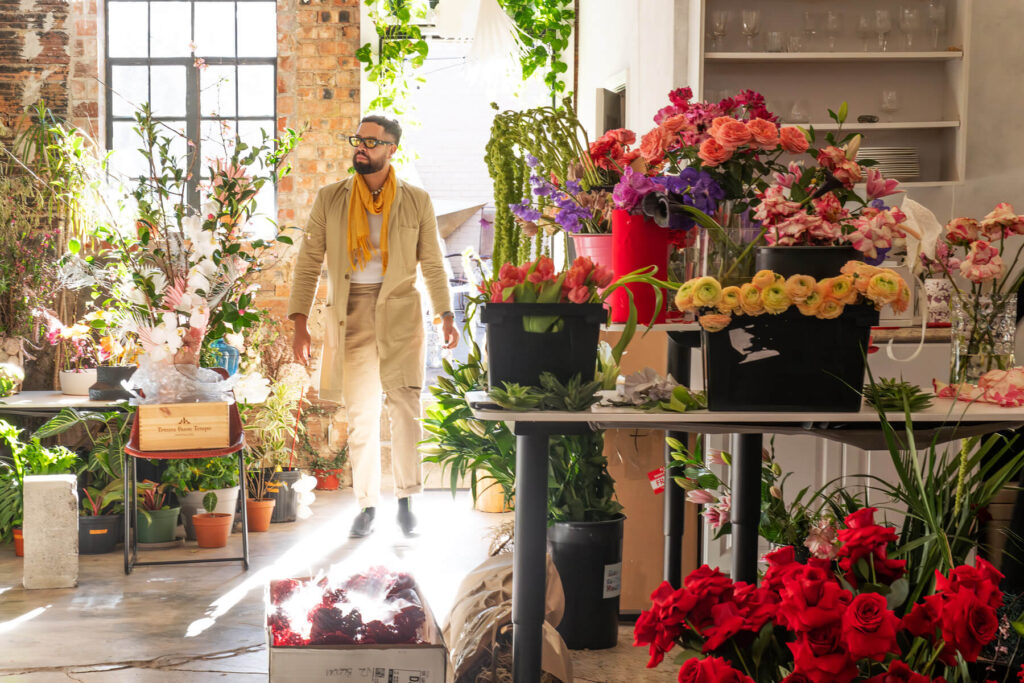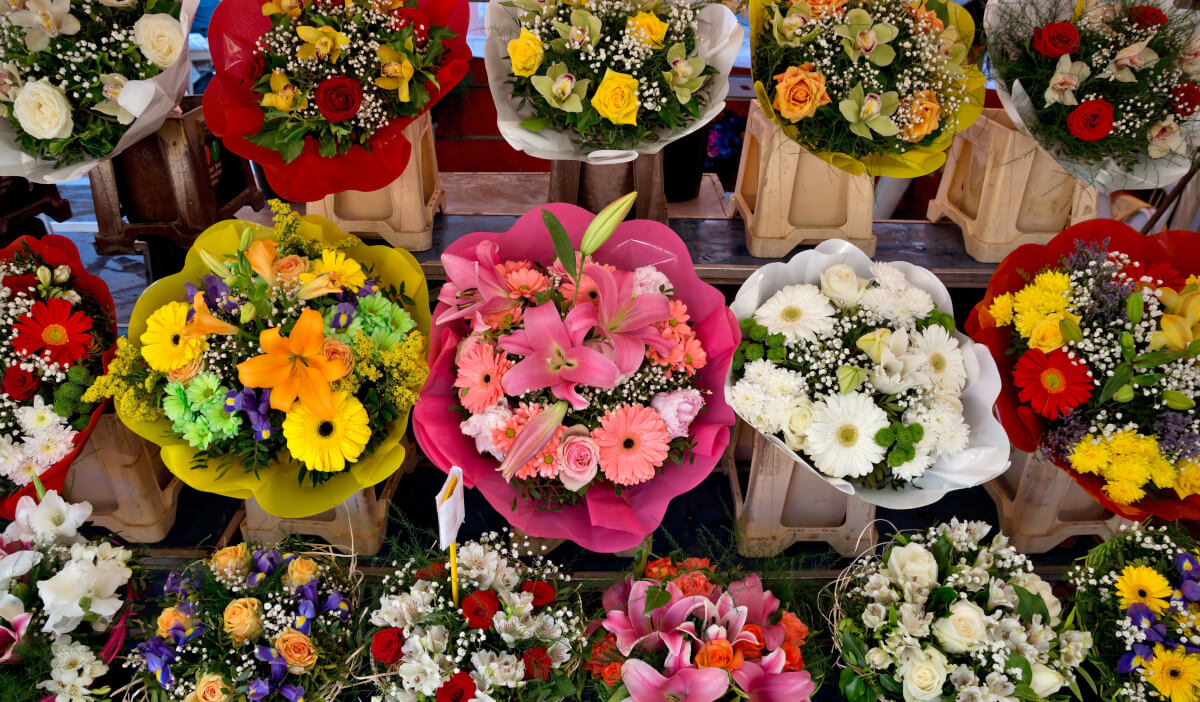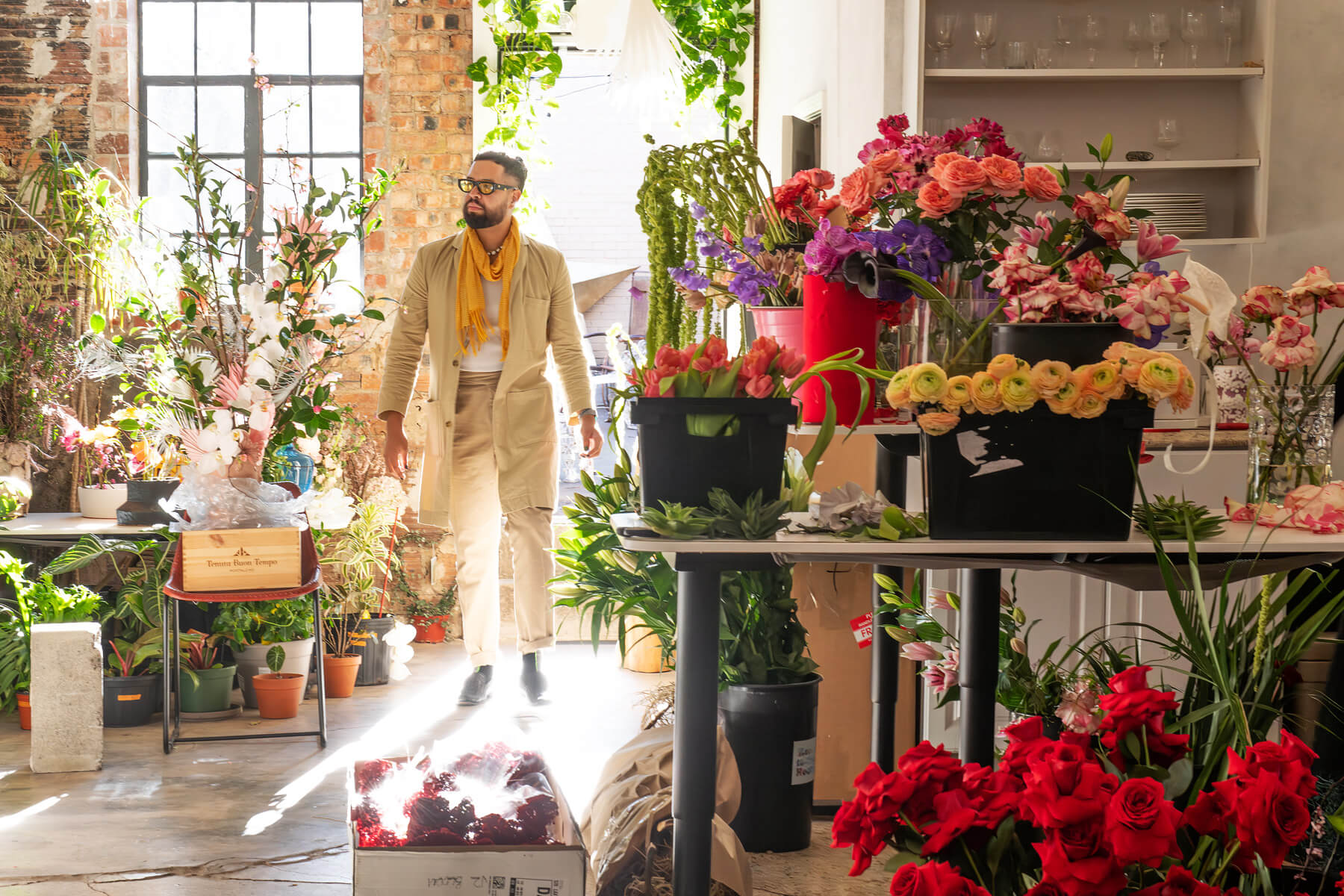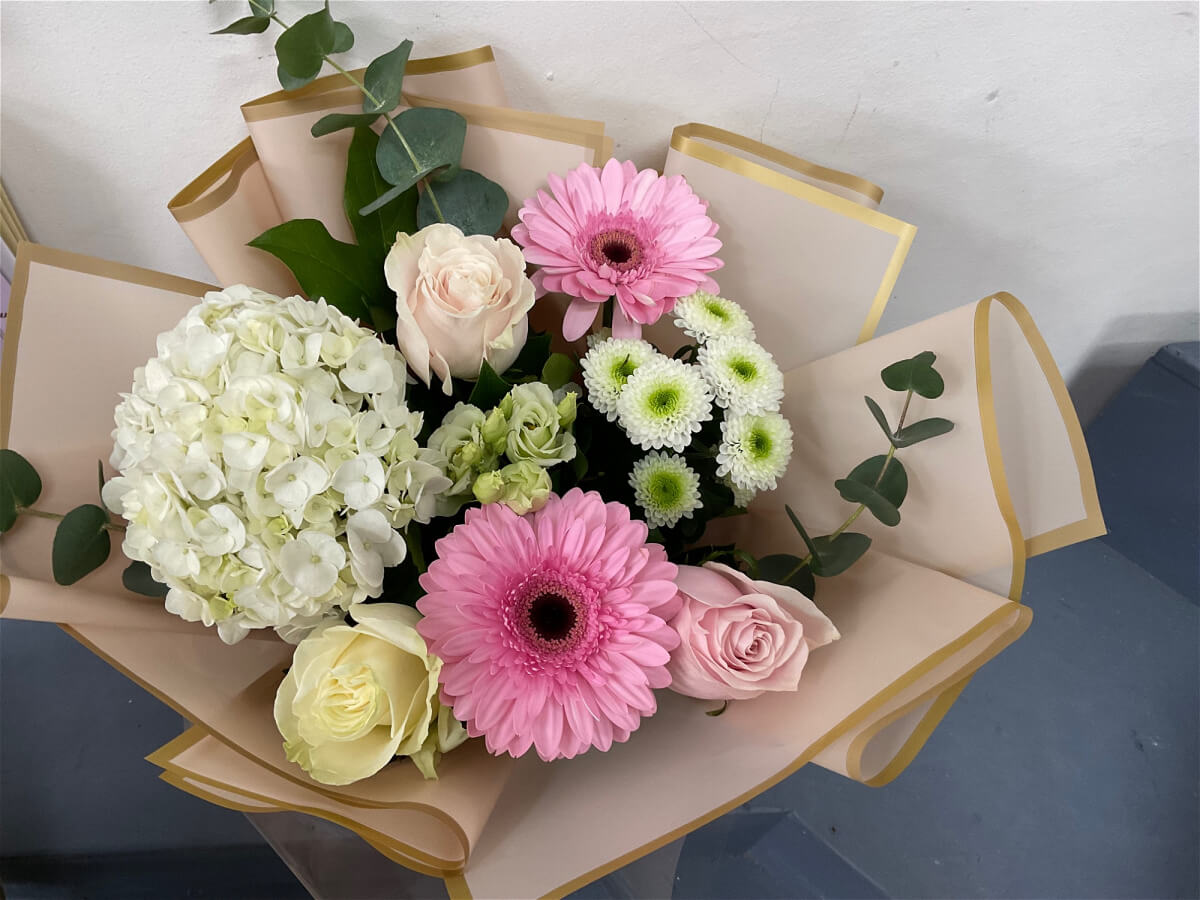A City That Blooms Between the Cracks
Melbourne is a city where wild meets refined, where concrete coexists with creeping ivy, and where even the laneways seem to blush with floral charm. It’s the kind of place where lavender grows defiantly through fences, where window boxes spill over with geraniums, and cafés decorate tables with mismatched jars of backyard blooms. The scent of eucalyptus after the rain mixes with the sweet kiss of jasmine drifting over weathered bricks.
Melbourne doesn’t just decorate with flowers—it weaves them into its very identity. From avant-garde floral installations in gallery spaces to unruly native bouquets in Brunswick boutiques, the city’s floral scene is a mix of wild-hearted nature and creative grit. Here, petals aren’t polished—they’re expressive. They’re a little tangled, a little imperfect, and all the more beautiful for it.
From Soil to Studio: Where the Flowers Begin
To understand Melbourne’s flower culture, you have to start outside the city—where the fields meet the fog, and the rhythm of rural life sets the pace for what will eventually arrive in shops, homes, and celebrations across the suburbs.
The Yarra Valley, just an hour from the city, is one of Victoria’s most fertile floral frontiers. Among the vineyards and rolling hills, you’ll find boutique flower farms like Petals & Pastures, where rows of dahlias, cosmos, and delphiniums sway in sync with the breeze. Further south, the Mornington Peninsula is dotted with growers who specialize in everything from heirloom roses to hardy Australian natives.
“I wake up with the sun and pick with the dew still on the petals,” says Isla Maddox, an imagined grower whose family farm has been operating outside Red Hill for three generations. “People think flowers are delicate, but they’re tough. They survive storms, heatwaves, frost—and they still bloom. That’s Melbourne for you.”
Melbourne Wholesale Flower Market: Where Florists Start Their Day
Before the rest of the city yawns awake, florists are already moving through the cold-air warehouses of the Melbourne Wholesale Flower Market in Epping. It’s part chaos, part choreography: voices shouting over trolleys, the sharp scent of eucalyptus and lilies in the air, and buckets upon buckets of color—sunflowers the size of dinner plates, native kangaroo paws in burnt oranges, and the occasional surprise like tropical heliconia straight from the north.
See more: Finding Unique and Fresh Flowers in Cammeray
Here, local florists come to source the day’s inspiration. Some work quickly, instinctively. Others linger, checking for firmness in tulip stems or the blush of maturity in a protea.
“I come here to feel the mood of the week,” says Theo Morelli, a flamboyant Carlton florist with a background in theatre set design. “You can’t plan a floral story without meeting your characters. Sometimes it’s a soft pastel ensemble, sometimes it’s punk rock with anemones and thistle. It all depends on what’s calling to you.”
Foraged & Found: The Rise of Locally Sourced Blooms
Not all of Melbourne’s most exciting flowers are grown under orderly rows. Some are found in the forgotten corners of the city—the roadside patches, creek beds, and backyards where nature reclaims its space.
A growing number of florists are embracing foraged and locally grown flora, both for sustainability and style. These arrangements often feature twisted branches, seed pods, flowering herbs, and native grasses. They tell a story of place—a story that’s raw, romantic, and unmistakably Melbourne.
“I love the wonkiness of it,” says Chloe Tan, a Brunswick-based floral designer known for her asymmetrical bouquets and use of native foliage. “Nature doesn’t grow in straight lines, and I don’t think beauty should either.”
Chloe partners with community gardens, small growers, and even residents who offer clippings from their yards in exchange for a bunch. Her creations are wild, emotional, and deeply connected to the local landscape.

Melbourne’s Floral Aesthetic: Between Wildness and Elegance
There’s no single style that defines Melbourne’s flower scene—but there is a common thread: intention. Florists here favor arrangements that feel alive—untamed yet purposeful, artful without being artificial.
You’ll find vintage milk jugs filled with native leucadendrons and grevillea in a Northcote café. In Toorak, minimalist compositions of Japanese ikebana grace the homes of design enthusiasts. At a Southbank gallery opening, a dramatic floral cloud made from dyed pampas grass and orchids hangs from the ceiling like a pink thunderstorm.
This is a city that blends high design with backyard whimsy, native grit with European softness. It’s not unusual to see velvety peonies paired with wiry wattle or soft roses climbing alongside bold banksias. Melbourne’s flower scene doesn’t ask permission—it makes a statement.
Petals with Meaning: Culture, Celebration & Connection
What makes Melbourne’s floral culture so rich is not just the artistry—it’s the deep cultural roots that flowers represent for so many of the city’s communities.
In Vietnamese-Australian neighborhoods, chrysanthemums are central to Lunar New Year rituals, offered to ancestors and placed in homes for good fortune. In Greek Orthodox traditions, flowers adorn icons during Easter processions, symbolizing purity and renewal. Indian-Australian families use vibrant marigold garlands to decorate temples and wedding venues, each flower representing joy, devotion, and tradition.
And in First Nations communities, native plants like the waratah and bush mint are more than decorative—they are medicine, memory, and ancestral knowledge.
“We don’t just use flowers for their beauty,” says Aunty Leanne, a Wurundjeri elder and bush educator (imagined for this piece). “They’re part of who we are. They carry stories, songs, and healing.”
Many contemporary florists are embracing this multicultural richness—not just in the flowers they use, but in how they frame their work. Floristry here is increasingly inclusive, storytelling-focused, and respectful of the land from which it grows.
The People Behind the Petals
Every bouquet in Melbourne carries the fingerprints of someone who woke before dawn, who walked the fields, who pressed stems into place with care.
There’s Marcel Nguyen, a third-generation florist in Footscray whose arrangements blend French tradition with Asian restraint. “I was folding flower paper before I could write my name,” he laughs. “But it’s not just about family—it’s about giving people something beautiful to hold onto.”
There’s Grace Lin, who left a corporate career to open a tiny flower studio in Thornbury, where she creates arrangements that she describes as “visual therapy.”
And then there are the unnamed growers, delivery drivers, market staff, and garden volunteers who keep Melbourne’s floral world humming.
Together, they form an invisible chain of care, connecting wild earth to city hands.
A Floral Finale
As the sun dips behind the skyline and the scent of jasmine thickens in the cooling air, Melbourne seems to glow a little softer. Somewhere, a florist is closing shop, brushing petals from the floor. A child plucks a daisy from a footpath crack. A florist’s last delivery—wrapped in crinkled brown paper and tied with string—waits on a doorstep like a gift left by the day itself.
In this city, flowers are more than decor. They’re emotion. Memory. Movement. They’re stories whispered in color, rooted in culture, scattered like confetti across seasons and suburbs.
Melbourne doesn’t just get its flowers from farms and markets—it gets them from its spirit. Wild, wonderful, and endlessly blooming.



